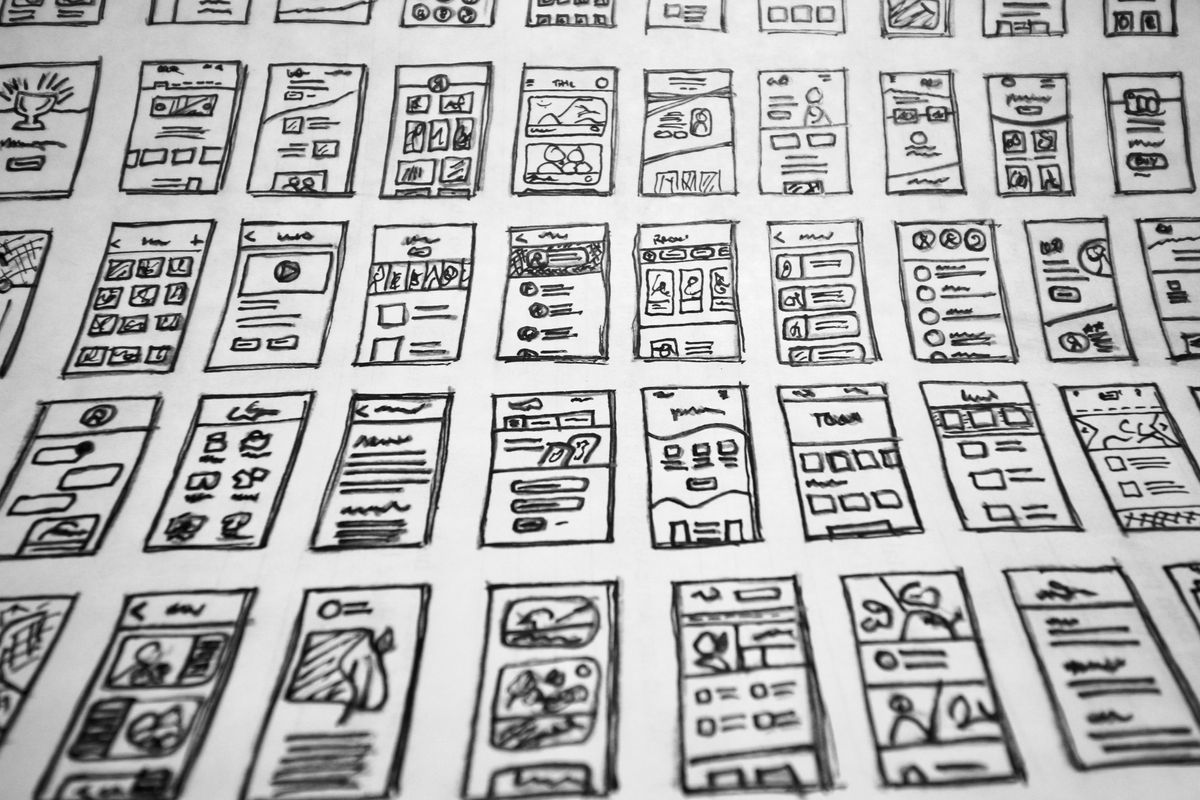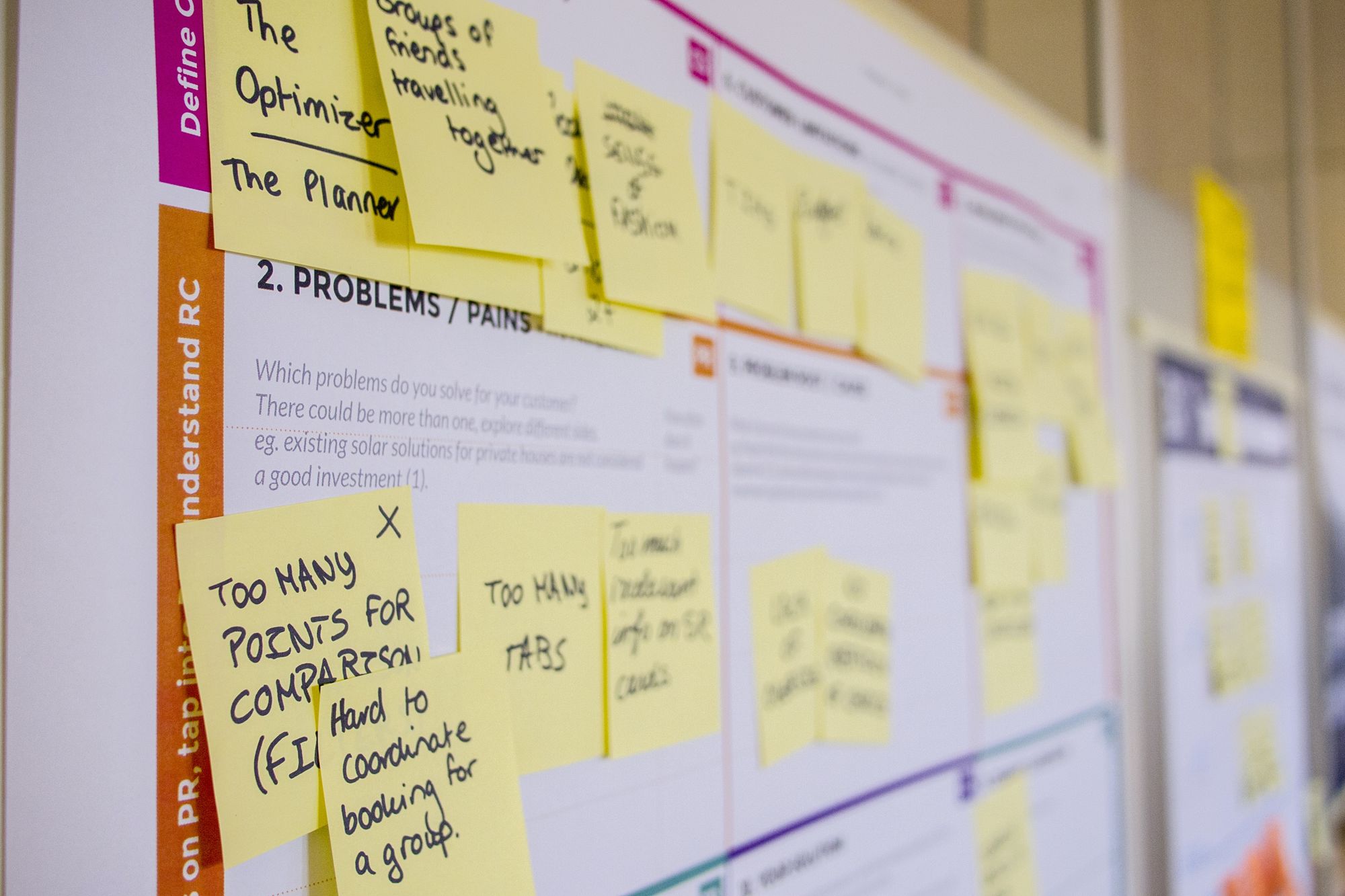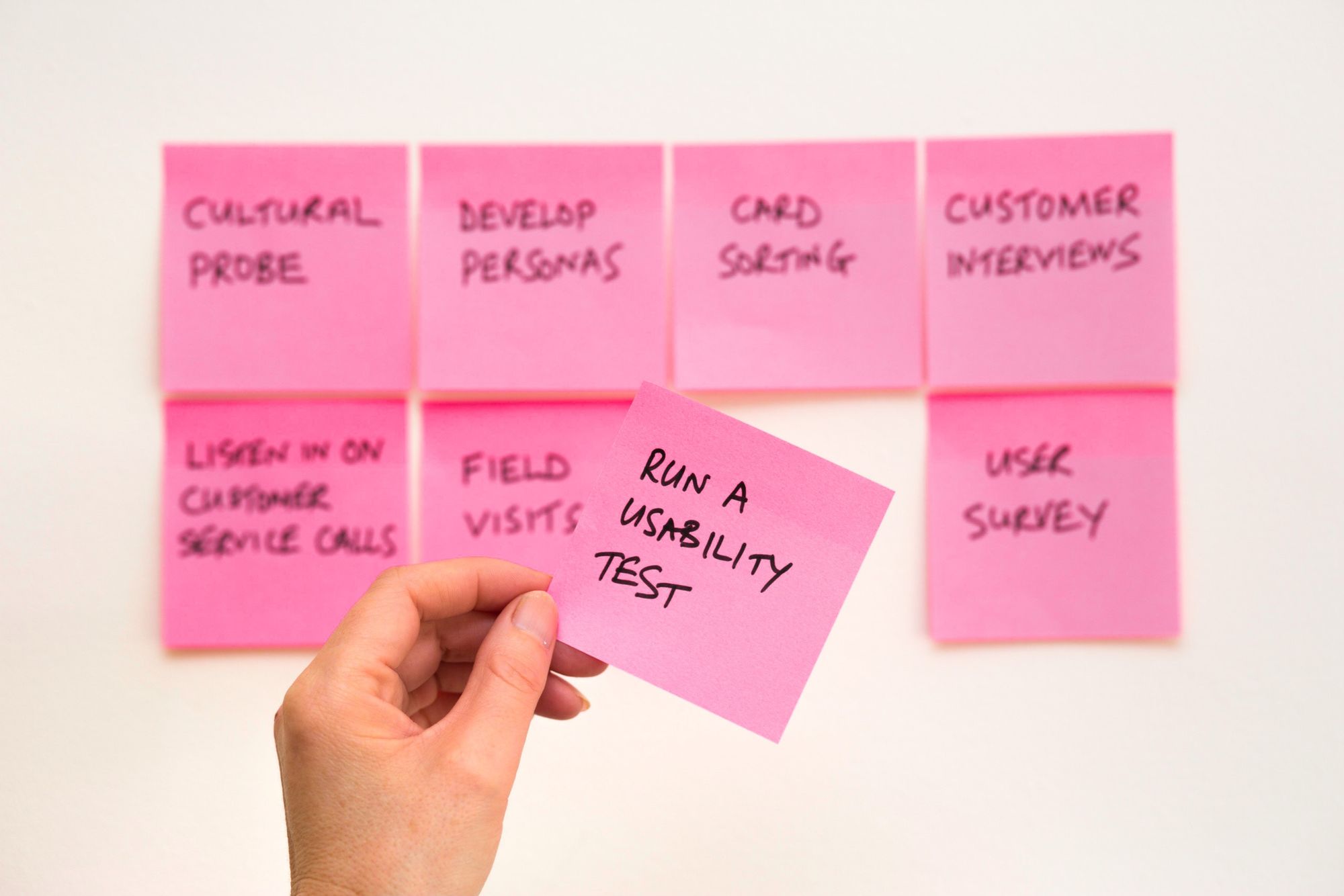10 Common UX Mistakes and How to Avoid Them

In UX design, the path to crafting the perfect user experience is often riddled with unexpected challenges. While innovation and creativity are at the heart of every great design, there are certain pitfalls that, if not navigated carefully, can derail even the most promising projects.
Whether you're a seasoned designer or just dipping your toes into the UX waters, understanding these common mistakes—and more importantly, how to sidestep them—can be your secret weapon. So, buckle up as we dive deep into the top 10 UX missteps and arm you with the knowledge to avoid them.
1. Ignoring User Feedback
User feedback is the lifeblood of effective UX design. When designers sidestep this crucial input, they risk creating interfaces that don't resonate with their audience. Think of feedback as a compass; it points you in the right direction. By actively seeking and valuing user opinions, designers can craft experiences that truly cater to user needs. Some of the most successful platforms today attribute their user-centric designs to consistent feedback loops. So, the next time you're tempted to bypass user opinions, remember: their insights could be the difference between a good design and a great one.

2. Designing for Yourself, Not the User
It's a trap many designers fall into: creating interfaces that they love, but their users might not. Personal bias can cloud judgment, leading to designs that aren't user-friendly. To counteract this, employ user personas. These fictional representations of your target audience can guide design decisions, ensuring the final product aligns with user expectations. By prioritizing the user's perspective over personal preferences, designers can create more intuitive and effective interfaces.
3. Overloading with Features
In UX, less can often be more. While it's tempting to pack an interface with features, this can overwhelm users. The key is to prioritize. Which features truly enhance user experience? Which ones are just noise? By focusing on essential functionalities and trimming the excess, designers can create cleaner, more user-friendly interfaces. Remember, a feature-rich platform isn't necessarily a better one. It's about delivering what the user truly needs.
4. Neglecting Mobile Users
With the surge in mobile browsing, it's no longer optional to consider mobile users—it's essential. Overlooking mobile design can alienate a significant portion of your audience. Responsive design ensures that your interface looks and functions well across devices. Avoid common pitfalls like tiny clickable areas or text that's unreadable on smaller screens. Prioritizing mobile design isn't just about aesthetics; it's about providing a seamless experience for everyone, regardless of their device.

5. Inconsistent Design Elements
Consistency is the backbone of user trust. When users encounter varying fonts, colors, or button styles across a platform, it can be jarring. More than that, it can make the platform feel unreliable. By maintaining uniformity in design elements, designers can create a smoother, more predictable user experience. This doesn't mean stifling creativity, but rather ensuring that creativity doesn't compromise clarity and consistency.
6. Skipping User Testing
User testing is like a dress rehearsal before a play. It's a chance to spot issues before the main event. By bypassing this step, designers risk launching platforms with unnoticed flaws. Contrary to some beliefs, user testing doesn't have to be expensive or time-consuming. Even informal sessions with a small group can yield invaluable insights. It's all about understanding how real users interact with your design and making necessary adjustments.

7. Poor Navigation Structures
A user's journey through a platform should be intuitive. When navigation is convoluted, users can quickly become frustrated and leave. Effective navigation is like a well-organized map—it guides users to their desired destination without confusion. Avoid the temptation to get overly creative with navigation labels or structures. Clarity should always trump creativity in this domain.
8. Not Designing for Accessibility
Inclusivity in design isn't just a noble goal—it's a necessity. Overlooking accessibility means shutting out a portion of your audience. Simple oversights, like low contrast text or non-descriptive alt text, can hinder usability for many. Thankfully, there are established guidelines and tools to help designers ensure their platforms are accessible. By prioritizing accessibility, designers champion a more inclusive digital world.
9. Using Generic Stock Photos
Imagery can make or break a user's connection to a platform. While stock photos are convenient, they can sometimes feel inauthentic or overused. Instead of settling for the first generic image you find, invest time in sourcing or creating photos that truly resonate with your content and audience. Authentic imagery not only enhances aesthetics but also bolsters user trust and engagement.
10. Ignoring Load Times and Performance
Speed matters. In an age of instant gratification, users have little patience for slow-loading platforms. Beyond just user impatience, performance impacts SEO rankings and overall user satisfaction. Designers should be mindful of elements that can bog down a site, like heavy images or excessive scripts. By optimizing for speed, designers ensure that users aren't left waiting—and that they'll likely stick around longer.

Navigating the intricate world of UX design is no small feat. As we've explored, even the most experienced designers can sometimes stumble into common pitfalls. But with awareness and a proactive approach, these mistakes become invaluable learning opportunities. By centering user needs, prioritizing feedback, and ensuring inclusivity and performance, designers can craft experiences that truly resonate.
Remember, the journey of UX design is as much about understanding the user as it is about the design itself. So, keep these insights in your toolkit, continue to learn and adapt, and watch as your designs transform from good to exceptional.